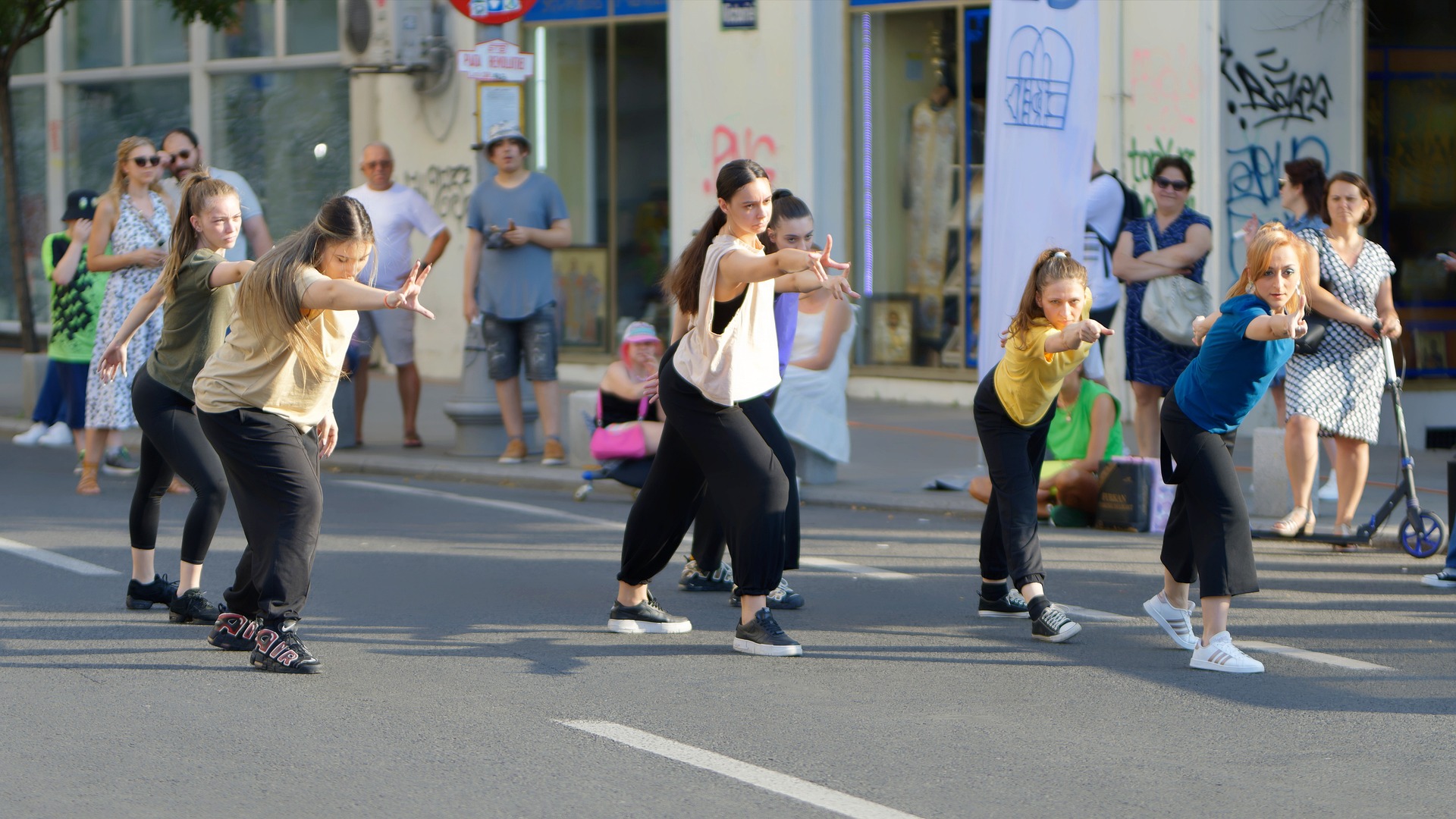A Symphony of Screens: The Digital Transformation in Live Performing Arts
In the heart of the arts and entertainment milieu, a digital transformation is unfolding, reshaping the way we experience live performing arts. This metamorphosis has not just been a reaction to the world's ongoing circumstances, but a logical progression of the industry's evolution. The question that now arises is, how is this digitization impacting the arts and entertainment world, and what can we expect from the future?

A Glimpse into the Past: The Convergence of Technology and Art
Live performing arts have a storied past. From the ancient Greek amphitheaters to the elaborate opera houses of the 18th century, the evolution of performing arts has been deeply intertwined with societal progress. With technological advancements, particularly during the 20th century, live performances began to incorporate elements of film, lighting, and sound effects, enriching the audience’s experience.
The Dawn of Digital: Performing Arts in the 21st Century
The dawn of the 21st century saw an increased convergence of technology and performing arts. The introduction of digital technology led to new forms of performances, such as virtual concerts, interactive theatre, and live-streamed plays. This digital shift was further amplified during the pandemic, as lockdowns and social distancing measures forced performing arts to migrate online.
The Digital Stage: Current Trends and Developments
In recent years, the digital stage has become a thriving hub for performing arts. From Broadway’s Hamilton being streamed on Disney+ to the Metropolitan Opera’s nightly live-streamed performances, digital platforms are providing a new avenue for artists to reach their audiences. Furthermore, innovative technologies such as Virtual Reality (VR) and Augmented Reality (AR) are being used to create immersive experiences, redefining traditional boundaries of performing arts.
Impact and Reception: Embracing the Digital Medium
The digital medium has been received with mixed sentiments. While it has democratized the performing arts, making it accessible to a global audience, there are concerns about the loss of the raw, intimate experience of a live performance. However, the success of digital productions indicates a promising future for this new medium.
The Future of Performing Arts: A Hybrid Model?
As we look ahead, the future of performing arts seems to be leaning towards a hybrid model, combining the best of both physical and digital mediums. The digital stage, with its potential for innovation and accessibility, is here to stay, while the irreplaceable allure of live performances continues to draw audiences.
The digital transformation in live performing arts is a testament to the industry’s resilience and adaptability. As we continue to navigate this new landscape, one thing is clear: the performing arts, whether on a physical or digital stage, will continue to captivate, inspire and move us in ways only they can.





